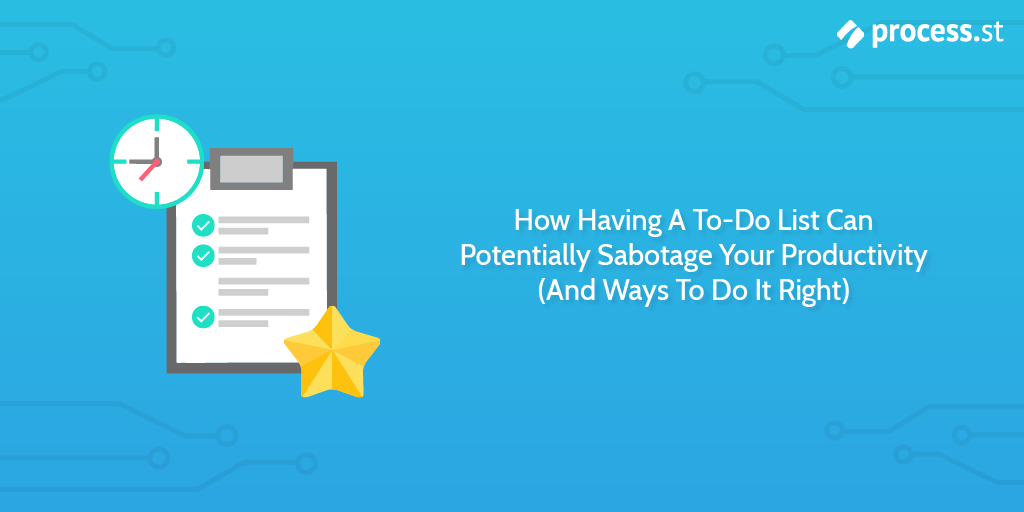
The following is a guest post by Jay Lieu who runs Great Big Minds. In his blog, he shares life-changing inspirational content with the world. He lives to empower, inspire and motivate others to live life great and go after their passion. You can connect and learn more about him here.
We live in a hyper-connected digital world that glorifies multitasking – it’s the only way to get everything done when there are so many things to tick off our seemingly endless to-do-list. Keeping ourselves busy means we are being productive, right?
In many cases, the answer is a big, fat no.
I hate to be the one to break it to you, but keeping a to-do-list and focusing your sole effort in knocking as many items off that list can actually hold yourself back from achieving your bigger, more meaningful goals.
How so?
Let’s dig a little bit deeper, and provide you with some to-do list tips that will get you on the right track.
To-do list: The good
Many people swear by keeping a to-do-list. If you’re one of those people, I’m not saying that you should chuck your to-do-list out of the window right now. If you have multiple things to keep track of, a to-do-list most definitely helps in giving you clarity and an overview of all tasks that need to be tackled in any given day or week.
This way, you’ll avoid wasting time on mental paralysis and can jump right onto the next task after successfully ticking off one task. Without a to-do-list, you may risk running around like a headless chicken.
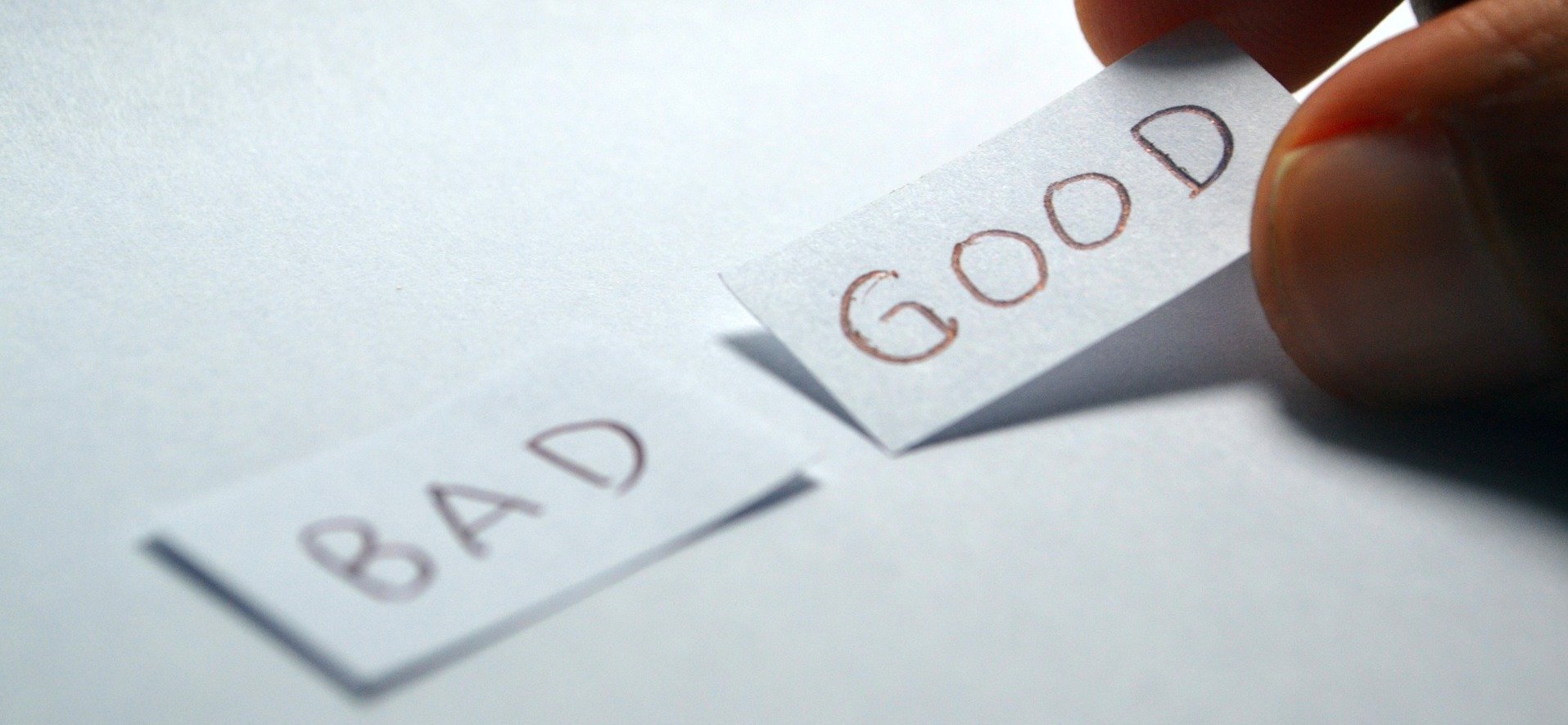
To-do list: The bad
The problem with having a to-do-list is when we treat it as a brain dump – every single thing that needs to be done is transferred from our brain onto the list. The truth is, not all items on the list is created equal, so assigning them the same priority will jeopardize your overall progress towards your ultimate goal.
Completing as many things off the to-do-list may trick our brain into believing that we are actually being productive, triggering the dopamine release to make us feel good and motivated when in actuality, the needle has not been moved much, if at all.
Plus, our brains are terrible at estimating the time it needs to complete something – there’s even a study to back this up. Day by day, those unticked items on our to-do-list will snowball into a ginormous pile that crushes our spirit as it denies us the sense of accomplishment to keep us motivated. Having 20 items on the list at a given time will most likely overwhelm you and send your brain unnecessarily into panic mode.
Damned if you do, damned if you don’t
It seems like, with a to-do-list, you’re damned if you do, damned if you don’t. So should we do away with it entirely?
To-do list tips: The importance of One Thing
This is where the One Thing comes into play. The concept is first introduced by Gary Keller in his successful best-selling book, The One Thing: The Surprisingly Simple Truth Behind Extraordinary Results, that has taken the world by storm. Keller offers the One Thing as an antidote to tackle the world with ‘vital few and trivial many’, all vying for our attention.
Keller suggests that by figuring your One Thing, you’ll get better clarity on which tasks you should tackle each day, to help you achieve your ultimate goal. He invites us to think of every task as a domino block.
As each domino falls down, each time knocking down the block 1.5 times the size of the previous block, the momentum builds and over time, you can expect to achieve a monumental impact. If you start off with a block with 5 mm in height and 1 mm in thickness, the 29th block knocked down could be as tall as the Empire State Building. How’s that for a perspective?
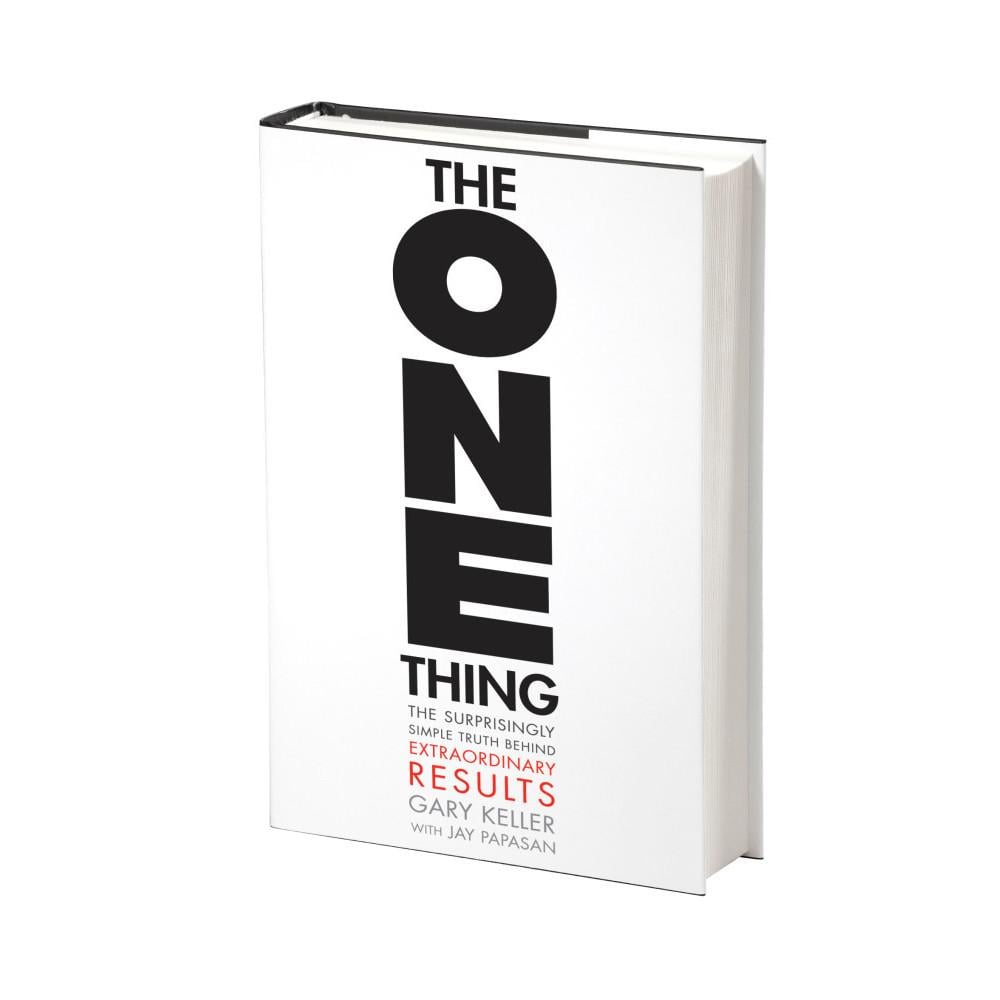
As a start, Keller suggests us to ask this one defining question: What’s the ONE Thing I can do, such that by doing it, everything else will be easier or unnecessary? For instance, you may gravitate towards building products that help others, or motivating and inspiring people to follow their dreams, or creating as many jobs as possible in your local community through a successful business model. Whatever it is, it should be something that sparks your inner fire and drive.
Once you figure out your One Thing, it’s easy to throw yourself into a meaningful and distraction-free deep work every single day, that will push your capabilities to their limits.
Integrating the One Thing into your daily schedule
Let’s say you’ve discovered your One Thing. How do you structure your daily schedule in such a way that aligns with the One Thing that you want to accomplish?
There are two process flows that you can choose to go about it, both of which will help you accomplish your short- and long-term goals.
The One Thing as a process in itself
If you are already on your path to achieving your wildest, biggest dream, you’ll probably realize by now that ‘overnight success’ is a myth and that putting in hard work is the most basic requirement, not an advantage.
Each day you are faced with tasks that demand your time and attention – e-mails to write, calls to make, campaigns to execute, and the list is endless. While these tasks may seem important, some tasks provide a greater overall output compared to the others.
It’s called the Pareto principle, also known as the 80/20 principle, which states that 20% of your effort provides 80% of the result. So how do you go about it? According to Keller, out with the good ol’ to-do-list, and in with its new, better cousin – the Success List:
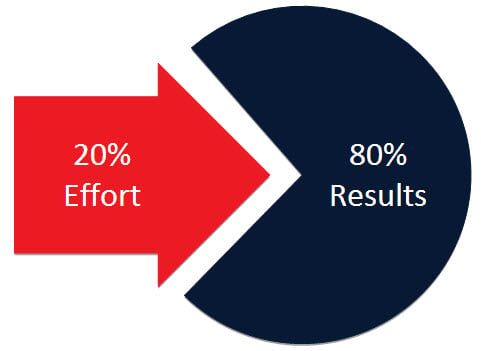
1. At the beginning of each week, list down the key activities that will help you form life-long good habits that align with your One Thing; this could be, working out for 30 minutes every day or spending 1 hour to learn something new about your industry. Mark this as your Habit List.
2. Now, list down all the tasks that you need to do in order to achieve your One Thing.
3. Next, take that list and with the Pareto Principle in mind, categorize each task into two categories – whether it creates a low impact (20%) or a high impact (80%) result.
If you are still left with a long list, have a go at it one more time and narrow down your high impact tasks into extreme impact-producing tasks. You can repeat the process a few times until you are left with just a few items on your list.
4. This is your ‘Success List’. Your Success List should be your handbook that will guide you to your One Thing. By keeping the Success List, you need to be brave enough to push other unequally important tasks to the bottom of the list, or better still, to just drop them off the list completely.
5. Throughout the week, spend your first time block (uninterrupted hours which could range between 2 to 4 hours) of your working day, when your energy and motivation are at its highest, on tackling the items on this list. This means you are devoting the best of you on these important tasks rather than menial tasks such as updating your social media account or replying to any unimportant e-mails.
6. Remember your Habit List? It is part of your Success List so make sure you pencil in the time to complete the list every single day as these habits are the ones that will take your game to the next level.
7. By keeping a Success List, you are more likely to focus on tasks that bring is the most meaningful result, rather than getting caught up in the temporary high of ticking off the items on your to-do list
The process that facilitates your One Thing
Some of you may be at a stage in life where your One Thing is currently is a side hustle while you work on projects that help pay the bills – that’s perfectly okay and it doesn’t mean that your One Thing should fall on the side-lines.
Here is an easy-to-follow process to consolidate all your daily tasks while still giving emphasis to the One Thing:
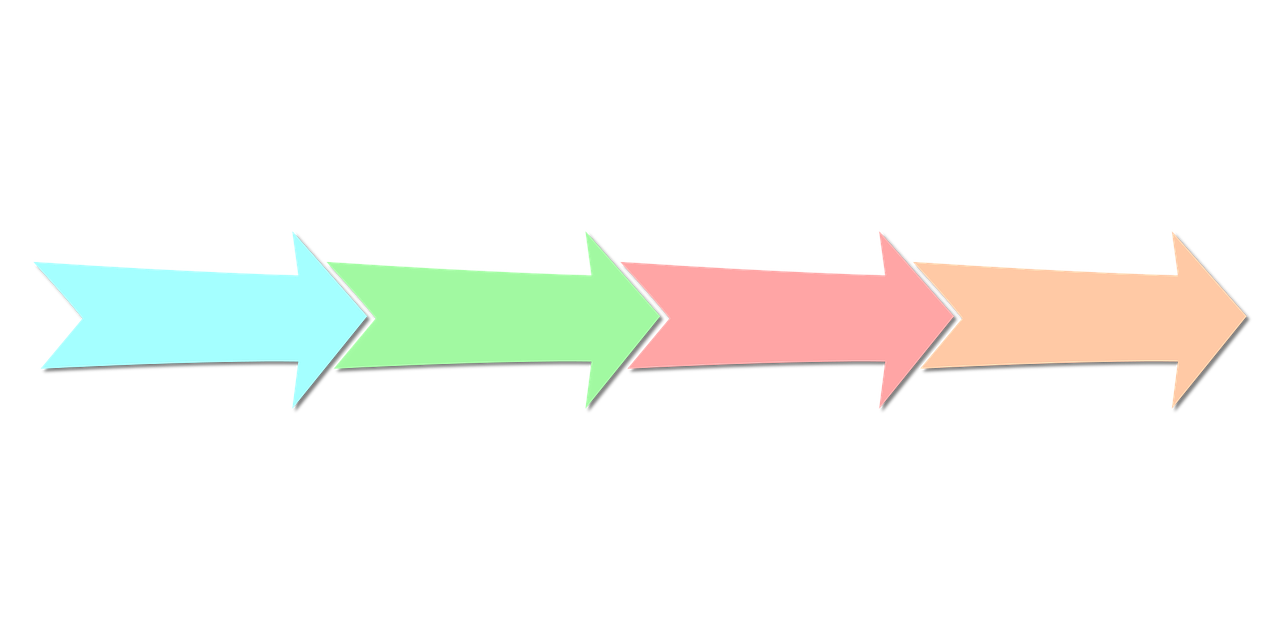
- Create a system which requires you to accomplish smaller goals in order to get to your One Thing. I recommend focusing on a maximum of 3 goals each day.
For example, it can be writing a minimum of 500 words for your book, perfecting your elevator pitch, and learning something new about your industry. These are often repeatable tasks that will help you gain mastery in your craft if you commit to it daily. - Allocate 4 hours each day working on those small goals, preferably at the beginning of each day, when your mind and motivation are still fresh. Work in a time block of 30 to 40 minutes, ensuring that there are no interruptions or distractions – that means, putting your phone away in another room, and turning off your e-mail and social media notifications.
If you are working a full-time job, this may mean that you need to jump out of bed at around 4 a.m. to fit in the hours before you need to head off to work. Many successful entrepreneurs are known to be super early risers. - Next, spend the remaining of your working hours on tackling your to-do-list. Rank your task according to their importance and urgency. The one which is the highest on both categories will get pushed to the top of the list. Pour undivided attention to the number one task on the list before moving on to the next task. Review the ranking of all tasks at the start of each day.
- It’s 2019 and we all know better by now that multitasking just doesn’t work. Research has shown that multitasking reduces one’s intelligence by 11%; what’s worse than multitasking is being around somebody who is multitasking, which reduces your comprehension on the task at hand by 17%.
- So, instead of multitasking, try cluster-tasking. This means that you group similar tasks together within an allocated time.
For instance, you can block an hour to clear your inbox each day, keeping the One Thing at the back of your mind while doing this, so you know which e-mails to prioritize. Similar time blocks can be dedicated to making or returning calls and conducting interviews. This will save your brain the mental energy from going back and forth between different tasks, making you more productive.
To-do list tips: Final note
A to-do-list in itself is not inherently bad, as long as we understand how it works on our brain.
The most important takeaway from the One Thing concept is to design your workday around a to-do-list that doesn’t make you lose sight of your one major goal, while ensuring that the process you choose doesn’t intervene with your day-to-day responsibilities.
The beauty of the One Thing concept is that it can also be applied to all areas of your life, not just your career or business.
To create a meaningful and fulfilled life, you can start asking the same important question to the other areas of your life, such as health and relationship: What is the One Thing that I could do to greatly improve this area in my life?
If you’ve been struggling to lead a healthy lifestyle as work has been getting in the way, the One Thing you could do to dramatically improve your well-being may be by tracking a few healthy habits (working out 20 minutes daily, getting enough sleep, making better food choices) with the help of an app.
In terms of relationship, the One Thing you could do to be a better partner may be by being a better listener. The things you could do to achieve this include, allocate time every two weeks for date nights and switching off any notifications for work e-mail and social media accounts during this time.
Ultimately, your goal is to chart your life meaningfully and intentionally, rather than racing through your to-do-list down into the ground. Therefore, it’s important to get your focus right, which will then allow you to lead your life with a clear plan and vision on how to get to your end goal.
Because ultimately, it’s that one major goal that you want to define your life with, not how quickly you can clear off your inbox, or other menial tasks on your to-do-list.







 Workflows
Workflows Forms
Forms Data Sets
Data Sets Pages
Pages Process AI
Process AI Automations
Automations Analytics
Analytics Apps
Apps Integrations
Integrations
 Property management
Property management
 Human resources
Human resources
 Customer management
Customer management
 Information technology
Information technology



Alex Gallia
Alex is a content writer at Process Street who enjoys traveling, reading, meditating, and is almost always listening to jazz or techno. You can find him on LinkedIn here